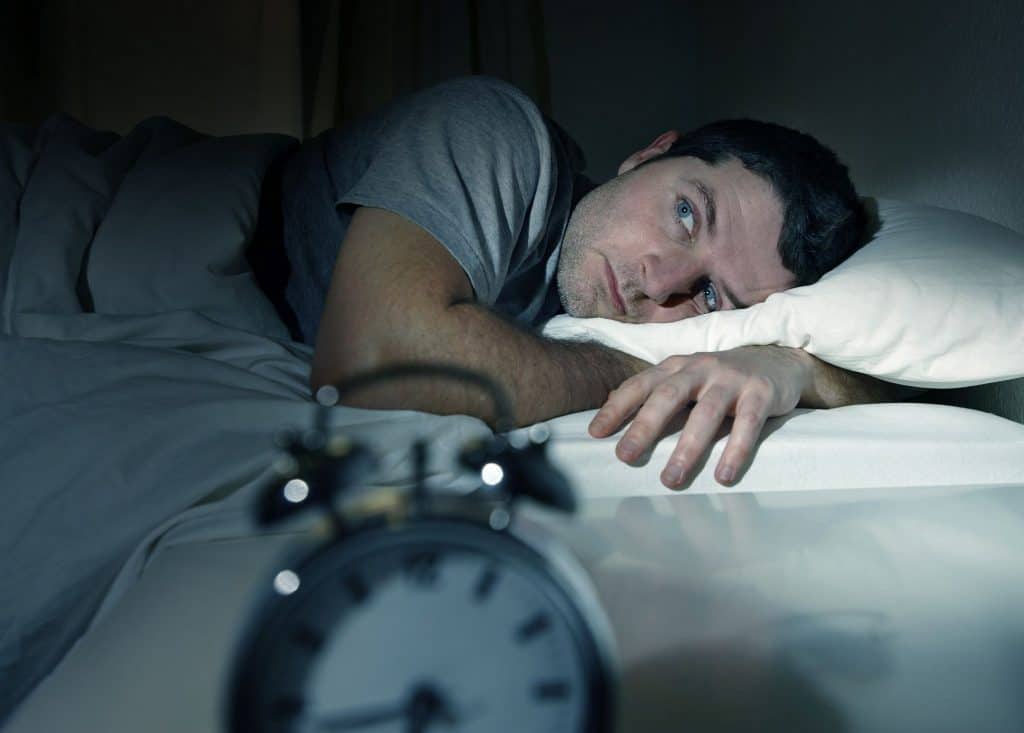

About 40 million Americans suffer from chronic sleep disorders with 20 million more experiencing short-term disturbances. Loss of sleep can have an adverse effect on the immune system, the nervous system, our ability to concentrate – and can also impair memory and reduce energy levels.
Sleep is a critical body function, and lack of sleep can have severe consequences: including mood swings, inability to function at work or when driving, and can even cause hallucinations. Activity in the areas of the brain that control emotions, decision-making and social interactions are all impacted greatly by sleep.
Sleep Basics
There are five stages of sleep, including REM (rapid eye movement).
- Stage 1 is a light sleep as we drift into and out of consciousness.
- During stage 2 eye movement and brain waves slow and stop.
- Stages 3 and 4 make up “deep sleep,” a restorative stage of sleep with no eye movement or muscle activity.
- Finally, REM sleep consists of irregular or rapid breathing, eye movement and muscle paralysis, which prevents us from acting out our dreams. The first REM stage occurs about 90 minutes after falling asleep.
Sleep is controlled by neurotransmitters such as serotonin and norepinephrine and so can be affected by food and medications. Caffeine, decongestants, antidepressants, alcohol and even smoking can impact the quality and duration of sleep.
The 3 Most Common Sleep Disorders
There are over 70 different sleep disorders, but the most common are insomnia, sleep apnea and restless leg syndrome (RLS) – along with a collection of sleep disturbances called parasomnias. Parasomnias include sleepwalking, sleep terrors, sleep paralysis, sleep bruxism (teeth grinding), bedwetting and sleep talking, among others.
- Insomnia affects about 60 million Americans a year and, while short-term insomnia can be treated with sleeping pills, long-term insomnia is treated by a physician.
- Sleep apnea, or obstructive sleep apnea, is associated with loud snoring but really refers to a condition where the air pathways relax and collapse, blocking air flow. Once blood oxygen levels decline, the brain wakes the person enough to open the airways, often resulting in a loud snort or gasp. In mild sleep apnea, this can happen from 1-14 times an hour, while in moderate sleep apnea this happens from 15 to 30 times in an hour. If this happens over 30 times an hour, and if the heart is affected and/or the blood oxygen levels are dangerously low, it is classified as severe sleep apnea; this is associated with an increased risk of heart attack.
- Restless leg syndrome (RLS) affects about 12 million Americans. This condition causes creepy, itchy, crawling, prickling or tingling sensations in the legs that are only relieved through movement. The constant movement keeps the person awake, robbing them of sleep. Parasomnias are events that are unwanted when trying to sleep – such as sleepwalking, night terrors, bedwetting, teeth grinding and sleep talking. Most of these are mild and require no treatment, but can be severe enough to require a physician’s evaluation and treatment.
Symptoms of Sleep Disorders
Daytime drowsiness, loss of energy, and difficulty concentrating are symptoms of sleep deficit, as are mood swings, inability to make decisions and loss of focus. Keeping a sleep log may help in identifying sleep disorders and give a starting point when discussing the issue with a physician. In serious cases a polysomnogram (PSG), or sleep study, is conducted to identify the problem(s). This is usually done in an overnight sleep center and electrodes are placed on the head, face, chest, fingers and legs to monitor the brain, eye movements, muscle activity, heart, breathing and oxygen levels while you sleep.
In cases of insomnia, light therapy may be effective. There are drugs that affect dopamine abnormalities that can reduce restless leg syndrome (RLS). Sleep apnea may be resolved with weight loss, the use of a devise such as a C-PAP or Bi-PAP machine (which keeps enough minimum air pressure in air ways to keep them open) or surgery.
8 Tips for Better Sleep
There are things we can do on our own to increase the likelihood of a good night sleep. These things include:
- Exercise to reduce stress and tension.
- Unplug an hour before bed – relax in a soothing environment and reduce screen time.
- Don’t lie in bed longer than 20 minutes if you do not fall asleep. Get up and do something for 10 to 15 minutes and try again.
- Set a schedule and stay with it. “Sleeping in” changes your sleep cycles.
- Avoid caffeine, nicotine and alcohol as these may interfere with normal hormone cycles.
- Be aware of drug causes of sleep loss. Many medications can impact sleep.
- Maintain a comfortable room temperature. It is difficult to sleep when too hot or cold.
- Get a massage. Massage therapy has been known to reduce stress overall, improving the chances of a good night’s sleep.
While there is little research in the use of massage therapy in treating sleep disorders specifically, massage has been shown to improve sleep in children, in cancer patients and in fibromyalgia sufferers. It stands to reason then that sleep would be improved in otherwise healthy adults after getting massage therapy.
Most massage therapists have had the experience of a client falling asleep on the massage table. This is a common occurrence because Americans are walking around sleep deprived. As massage therapists, we can take the opportunity to talk to clients (who fall asleep) about the importance of sleep, about common sleep disorders and problems, ways to ensure a good night’s sleep, and encouraging the client to keep a sleep log and speak to a physician if the symptoms they experience are severe.
No one likes to go through the day exhausted because of a bad night’s sleep, but many of us do this on a regular basis. Sleep disorders can lead to serious mental, emotional and physical health problems that can have severe impact on our work and personal lives. There are things that can aid in getting a good night’s sleep, including massage therapy. As the repercussions can be very serious, we should also know when to refer clients to a physician.












